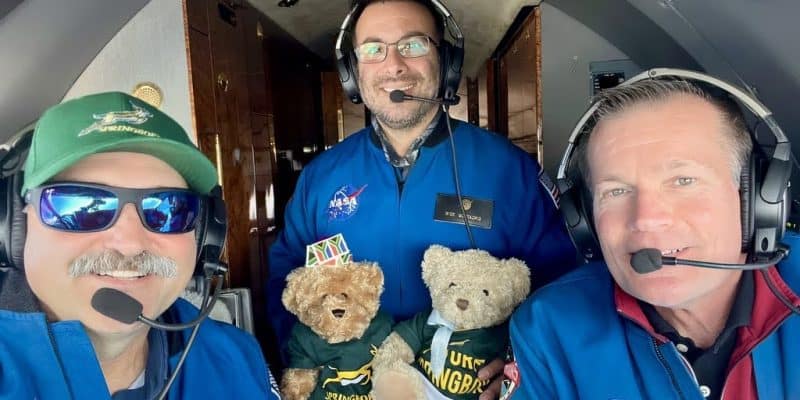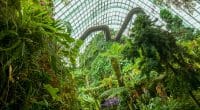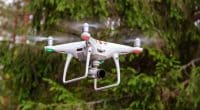In South Africa, the US space agency NASA is working with academics and engineers to map the floral potential of the city of Cape Town, which is under pressure from man and the climate. The mission should enable better monitoring of this unique biodiversity, which is home, for example, to 660 of the world's 860 species of Erica (heather plants used to treat infections).
Between November and December 2023, the US space agency NASA will be flying a mission to South Africa. The aim is to map the Greater Cape Floristic Region, which covers an area of 553,000 hectares. The natural site is one of the world’s 36 biodiversity hotspots (areas with highly diverse vegetation that are also endangered, editor’s note). To put it more clearly, 1,400 plant species are increasingly rare or threatened by human pressure and global warming.
“BioScape is a combination of airborne remote sensing and extensive fieldwork. The fieldwork covers vegetation surveys, measurement of plant characteristics such as leaf spectral signatures and physicochemical properties,” explains Jasper Slingsby, Senior Lecturer in Plant Ecology and the Biology of Global Change at the University of Cape Town.
The Cape Biodiversity Survey (BioSCape) should therefore make it possible to collect essential data for developing new conservation strategies. The team is made up of a number of scientists, in particular American researchers. They include Cherie Forbes and Adam Wilson from the University of Buffalo in New York, and Stephan Bellamy from Vanderbilt University, which is the 14th best university in the United States.
Financing the space mission
They have a common goal, which is to halt the loss of biodiversity around the world and protect nature’s contribution to people’s lives. In concrete terms, the remote sensing data collected both by satellite and by aircraft will enable an effective response to harmful algal blooms that adversely affect fisheries and freshwater supplies. NASA astronauts will also be able to monitor the spread of invasive species that “modify fire regimes and exacerbate droughts”, according to the academics.
Read also-SOUTH AFRICA: Cape Town’s Vissershok landfill to generate electricity by 2025
Such advances are expensive. That’s why BioSCape is co-funded by the US government to the tune of 200 million South African rand ($10.8 million) and by the National Research Foundation of South Africa (NRF), which has already invested 20 million South African rand ($1 million). The United Nations Educational, Scientific and Cultural Organization (UNESCO), which promotes the preservation of ecosystems, has also granted 500,000 South African rand ($27,000) to fund awareness-raising and capacity-building activities.
Benoit-Ivan Wansi







